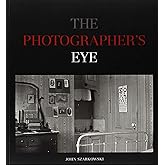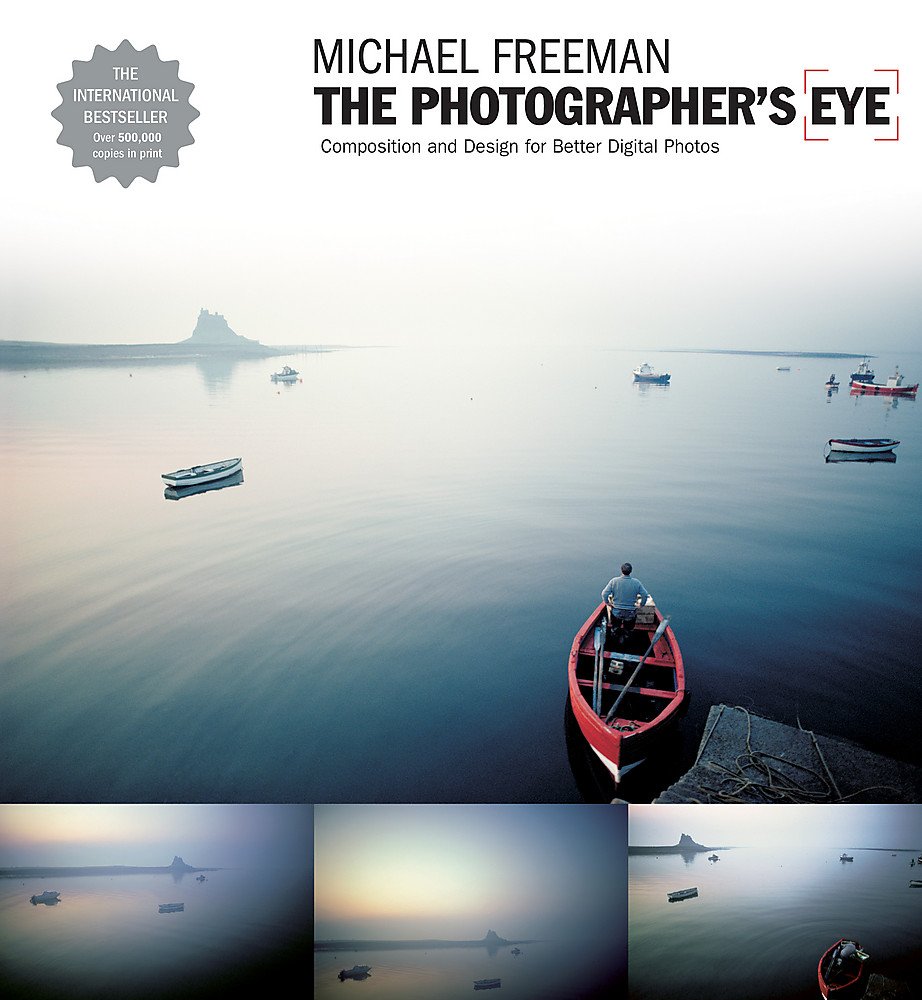Digital photography has revolutionized the way we capture and share images. However, while technology has made it easier to take pictures, it has also heightened the need for photographers to understand the fundamental principles of composition. Mastering composition is essential for creating compelling images that resonate with viewers. In this article, we will explore the art of composition, its significance in photography, and practical techniques to elevate your digital photography skills.
Understanding Composition in Photography
Composition refers to the arrangement of visual elements within a photograph. It determines how the various components of an image interact and guide the viewer’s eye. A well-composed photograph can evoke emotions, convey messages, and tell stories. The importance of composition in photography cannot be overstated, as it can make the difference between a snapshot and a stunning work of art.
Why Composition Matters
Here are several reasons why composition is crucial in photography:
- Guides the Viewer’s Eye: Good composition directs the viewer’s attention to the focal point of the image.
- Creates Balance: A well-composed photograph achieves visual balance, which makes it more aesthetically pleasing.
- Tells a Story: Composition can enhance the narrative quality of a photograph, providing context and depth.
- Evokes Emotion: The arrangement of elements can evoke emotions and provoke thought, making the viewer feel more connected to the image.
Key Rules of Composition

Several established rules of composition can help photographers create more compelling images. While these rules are not rigid, they serve as guidelines to improve your photographic skills.
The Rule of Thirds
One of the most well-known rules in photography is the Rule of Thirds. This rule suggests dividing the image into a 3×3 grid, resulting in four intersection points. Placing the subject at one of these points can create a more engaging composition.
For example, in landscape photography, positioning the horizon along the top or bottom third of the frame helps create a balanced image that draws the viewer’s eye to either the sky or the foreground.
Leading Lines
Leading lines guide the viewer’s eye toward the main subject or deeper into the scene. These lines can be natural, such as rivers or roads, or man-made, like fences or pathways.
Consider the following when using leading lines:
- Ensure the line leads to a focal point.
- Experiment with angles to create dynamic compositions.
- Use lines to create depth and perspective.
Framing

Framing involves using elements within the scene to create a “frame” around the subject. This technique helps isolate the subject, drawing attention to it while providing context.
Common framing elements include:
- Archways or doorways
- Overhanging branches
- Buildings or structures
Symmetry and Patterns

Symmetrical compositions can be visually striking. They create a sense of order and harmony. Patterns, on the other hand, can add interest and texture to an image. Look for symmetry and patterns in architecture, nature, or everyday objects.
Negative Space
Negative space refers to the empty areas around the main subject. Using negative space effectively can enhance the overall composition by emphasizing the subject and creating a sense of simplicity and elegance.
Advanced Techniques for Composition
Once you have mastered the basic rules of composition, consider these advanced techniques to further enhance your digital photography skills.
Depth of Field
Manipulating depth of field can significantly impact composition. A shallow depth of field blurs the background, isolating the subject, while a deep depth of field keeps everything in focus, providing context.
Color Theory

Understanding color theory can help you create more visually appealing compositions. Complementary colors can create contrast, while analogous colors can provide harmony.
Breaking the Rules
While rules of composition are helpful, don’t be afraid to break them. Sometimes, unconventional compositions can yield unique and striking results. Experiment with angles, perspectives, and arrangements to discover your style.
Case Studies: Analyzing Successful Compositions
To appreciate the impact of composition, let’s analyze a few successful photographs and discuss what makes their compositions effective.

Ansel Adams is renowned for his breathtaking landscapes, such as “Moonrise, Hernandez, New Mexico.” In this photograph, Adams uses the Rule of Thirds effectively, placing the horizon in the lower third to emphasize the dramatic sky. The leading lines created by the road and the mountains guide the viewer’s eye through the composition, creating depth.
Steve McCurry’s iconic portrait “Afghan Girl” exemplifies the power of framing and depth of field. The girl’s face is sharply in focus, while the background is blurred, drawing attention to her captivating eyes. The use of negative space around her enhances the emotional impact of the photograph.
Practical Tips for Improving Your Composition

Here are some practical tips to help you improve your composition skills:
- Practice Regularly: The more you shoot, the better you’ll understand composition.
- Analyze Other Photographers: Study the work of photographers you admire and identify their compositional techniques.
- Seek Feedback: Share your work with others and seek constructive criticism.
- Experiment: Don’t be afraid to try new techniques and styles.
Mastering the art of composition is essential for any aspiring photographer looking to elevate their digital photography skills. By understanding and applying the fundamental rules of composition, as well as exploring advanced techniques, you can create compelling and impactful images. Remember that while guidelines exist, creativity thrives in experimentation. So grab your camera, apply what you’ve learned, and let your unique vision shine through your photographs. The world is waiting for your perspective!